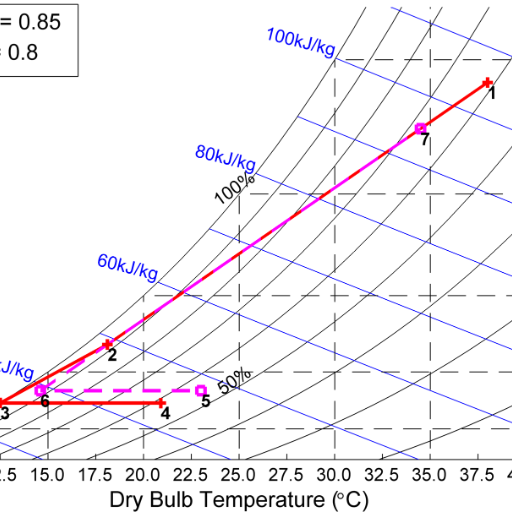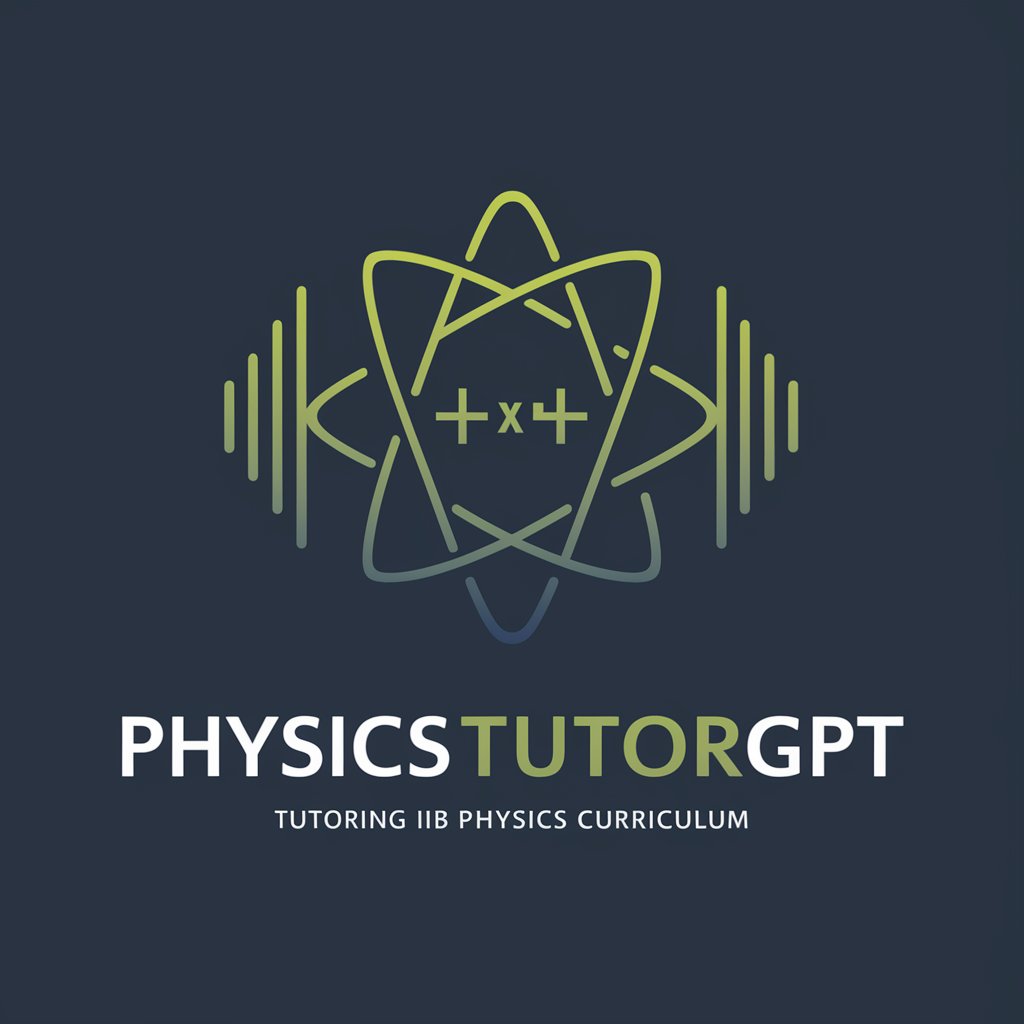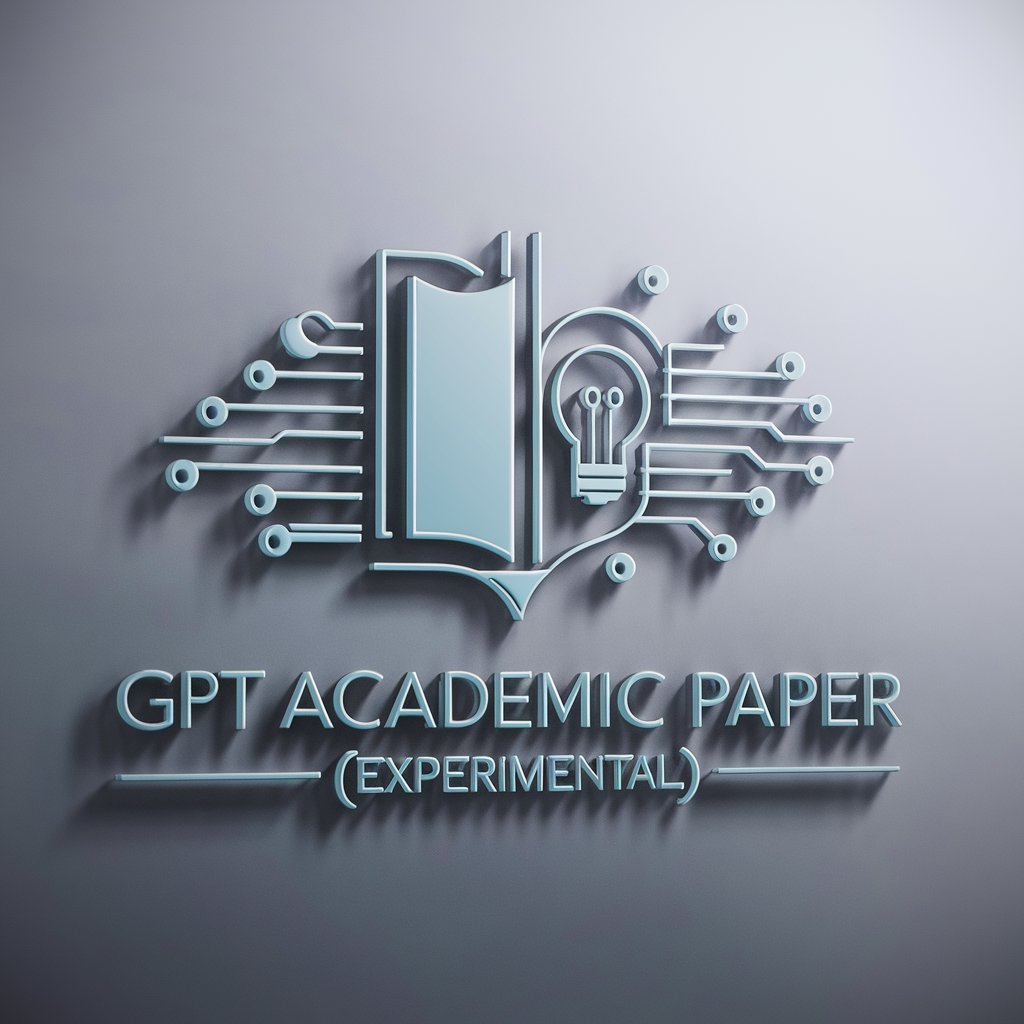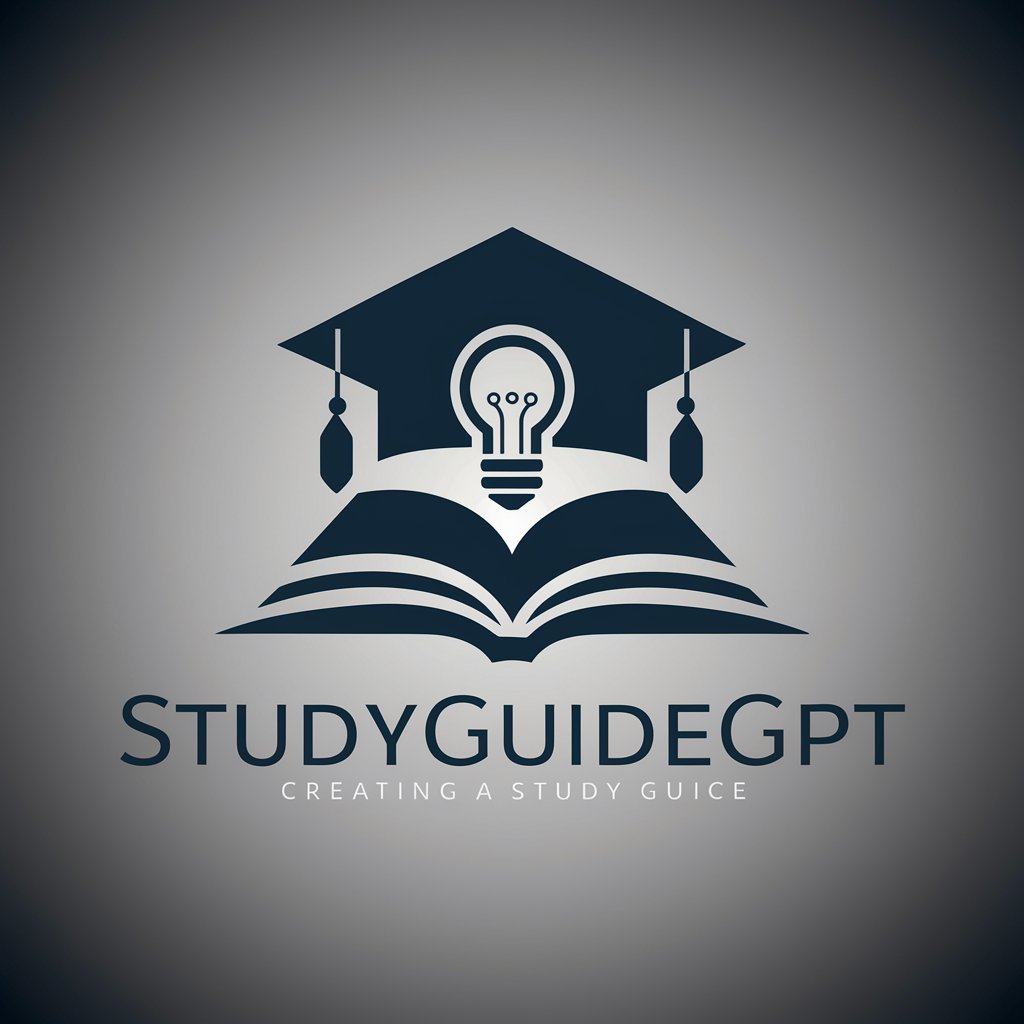
Study GPT (Mechanics & Dynamics) - Specialized Mechanical Engineering AI
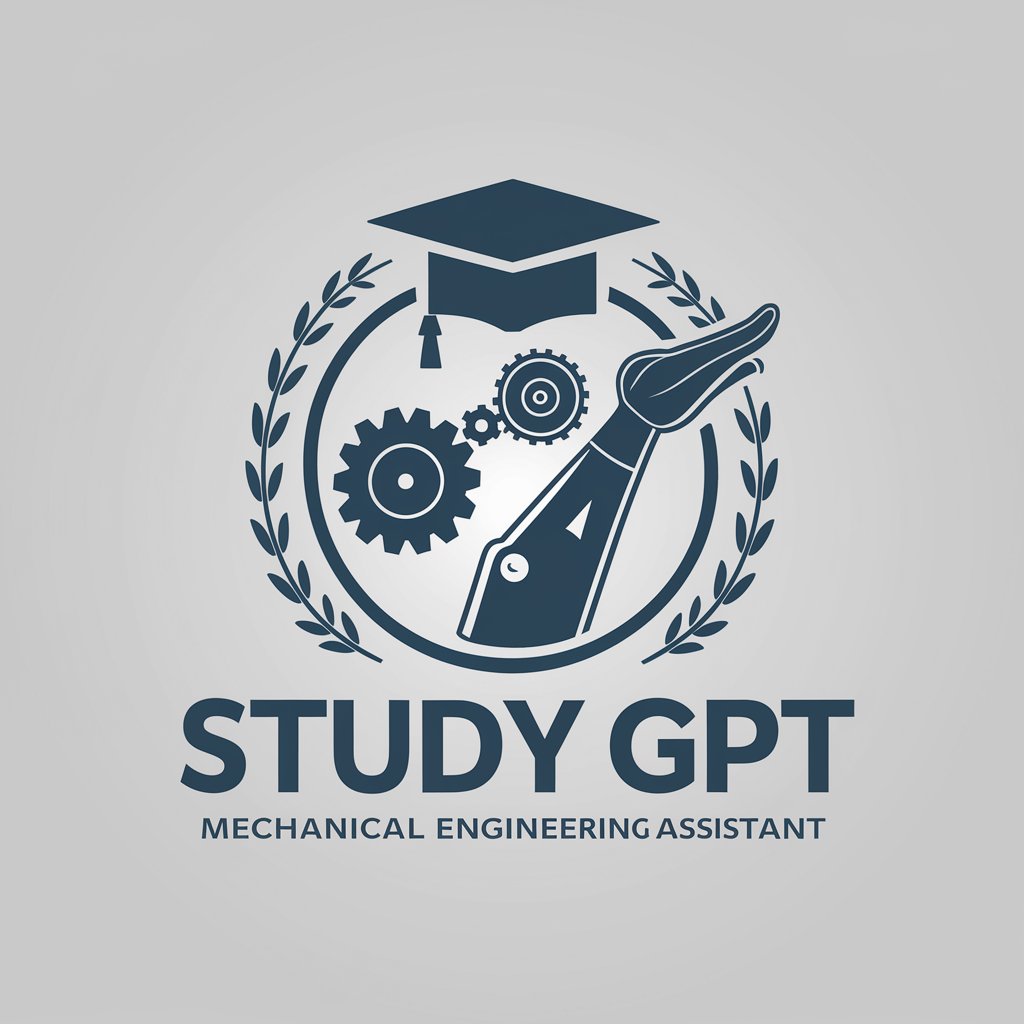
Hello! How can I assist with your studies today?
Empowering Mechanical Minds with AI
Explain the concept of...
How do I solve problems involving...
What are the steps to analyze...
Can you provide an example of...
Get Embed Code
Overview of Study GPT (Mechanics & Dynamics)
Study GPT (Mechanics & Dynamics) is a specialized version of the ChatGPT model, tailored specifically for assisting in the field of mechanical engineering, focusing particularly on mechanics and dynamics. This model is designed to provide comprehensive and step-by-step explanations of concepts in these areas, assist in problem-solving, and guide through study material. It integrates a wealth of knowledge from various sources, including standard textbooks and contemporary research, to offer detailed insights. For instance, a student struggling with the concept of shear force and bending moment diagrams could turn to this GPT for a step-by-step walkthrough of these concepts, including how they are derived and their practical applications in real-world engineering scenarios. Powered by ChatGPT-4o。

Core Functions of Study GPT (Mechanics & Dynamics)
Conceptual Explanation
Example
Explaining the principles of kinematics in dynamic systems.
Scenario
A student working on a project about the motion of a pendulum can use this GPT to understand the underlying principles of kinematics, such as displacement, velocity, and acceleration.
Problem-Solving Strategies
Example
Guiding through a statics problem involving truss analysis.
Scenario
A student preparing for an exam can receive guidance on approaching and solving a complex truss analysis problem, including identifying zero-force members and applying the method of joints.
Application of Mathematical Methods
Example
Applying differential equations to model dynamic systems.
Scenario
An engineering student can learn how to model the damping in a suspension system using differential equations, getting assistance in setting up and solving the equations.
Study Material Outlining
Example
Creating study plans for courses in mechanical engineering.
Scenario
A student can get help in organizing their study material, understanding what topics to focus on for their course in fluid mechanics, and how to effectively prepare for exams.
Target User Groups for Study GPT (Mechanics & Dynamics)
Mechanical Engineering Students
Undergraduate and graduate students pursuing courses in mechanical engineering, especially those facing challenges in understanding complex topics like dynamics, statics, and materials science. This GPT can aid in their learning process, offering tailored explanations and problem-solving assistance.
Engineering Educators
Professors and tutors who require a tool to supplement their teaching methods. This GPT can provide alternative explanations and examples that educators can use to enhance their lectures and study materials.
Engineering Professionals
Engineers in the field needing to refresh their knowledge or solve specific problems related to mechanics and dynamics. This GPT can serve as a quick reference tool, offering insights into best practices and recent advancements in the field.
Research Students
Students engaged in research projects who require in-depth understanding of specific mechanical engineering concepts or need assistance in modeling and simulation tasks related to mechanics and dynamics.

How to Use Study GPT (Mechanics & Dynamics)
1
Visit yeschat.ai for a free trial without login, also no need for ChatGPT Plus.
2
Select the Study GPT (Mechanics & Dynamics) from the list of available GPTs to access specialized mechanical engineering assistance.
3
Input your query related to mechanical engineering topics, ensuring clarity and detail for a more tailored response.
4
Engage with the bot interactively, providing additional information or clarification as needed for comprehensive understanding.
5
Utilize the bot's capabilities for problem-solving, studying material outline, and seeking explanations on complex concepts.
Try other advanced and practical GPTs
Jeannie, a Genius Genie Friend
Empowering insights at your fingertips.

Environment analysis for urban planners
AI-Powered Urban Environment Insight
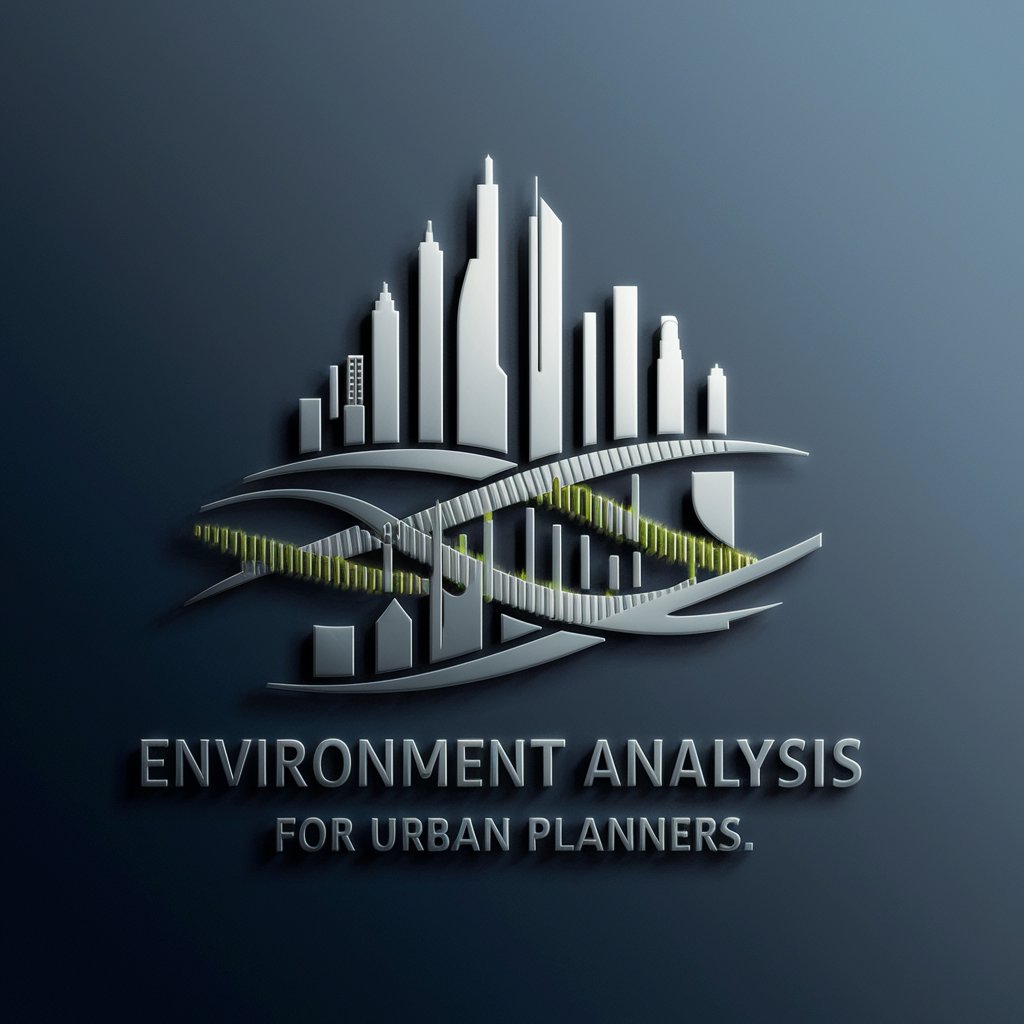
Content Crafter
Crafting Content, Powering Brands

Dream Analysis
Unveiling the subconscious with AI

Keyword Wizard
Unveiling Insights with AI-Driven Keyword Exploration

入力された内容に関連するブランドを紹介する
Discover relevant brands effortlessly

Career Compass
Navigating Your Career Path with AI

BEST GPTMODELS FOR EVERY USE
Empower your projects with AI-driven models
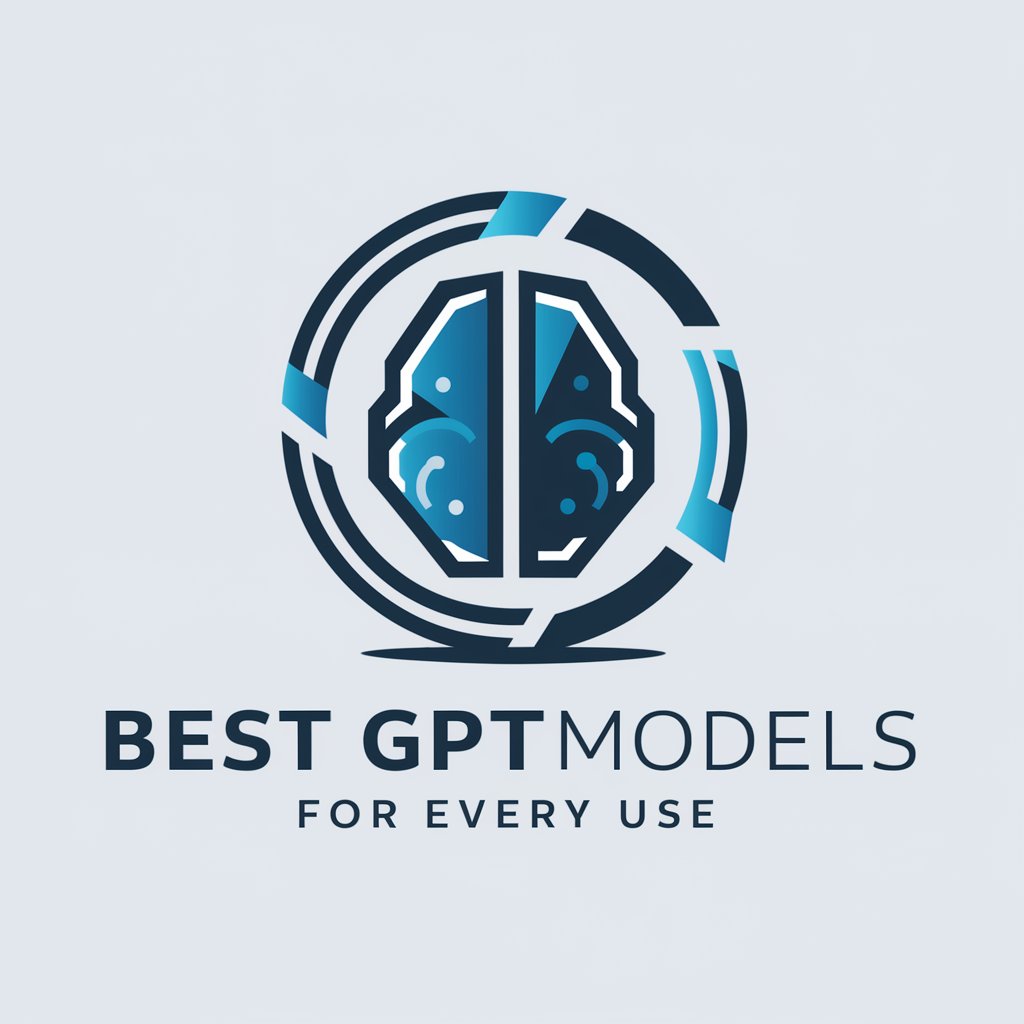
Pylenium Chat
Streamlining Test Automation with AI
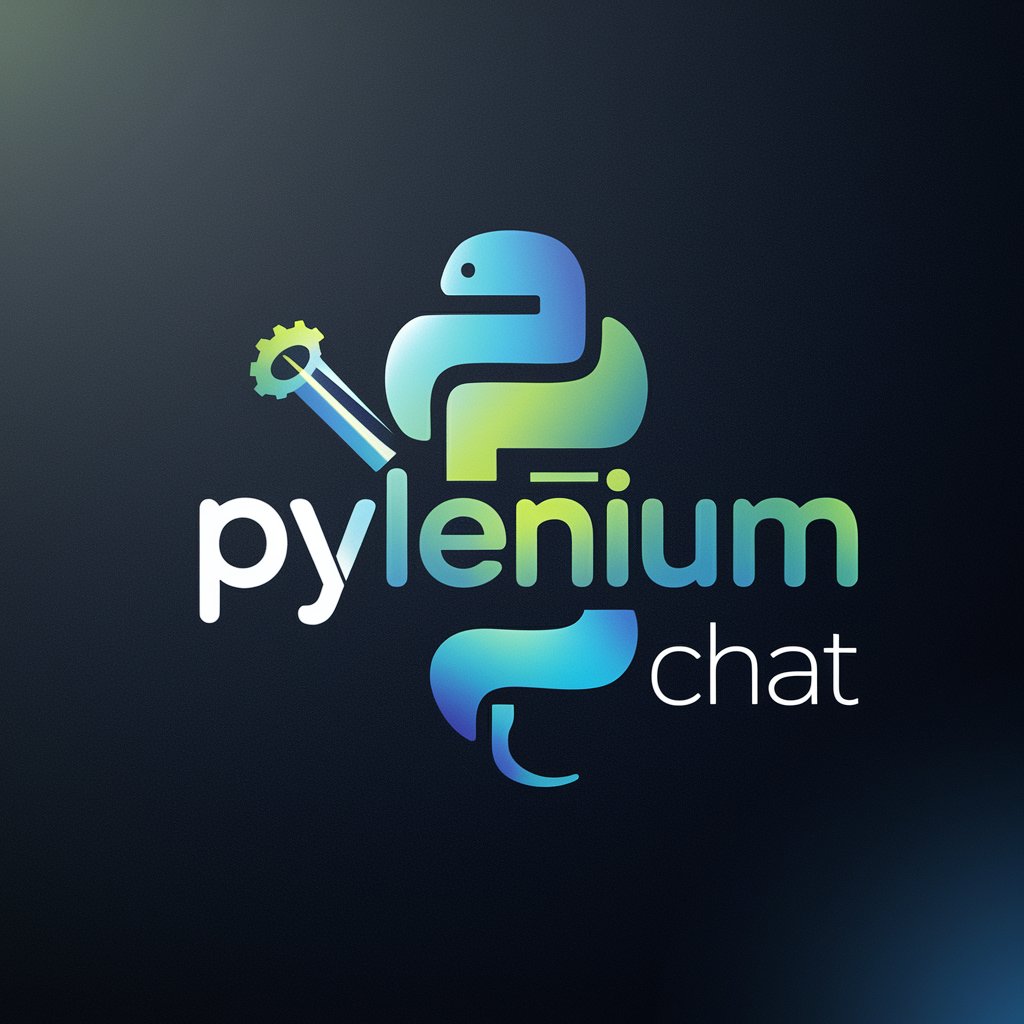
Formalizer Supreme
Elevating Text to Royal Elegance

Analyse my arguments
Empowering Argument Analysis with AI

Explain My Complex Job
Demystifying professions with AI-powered visuals
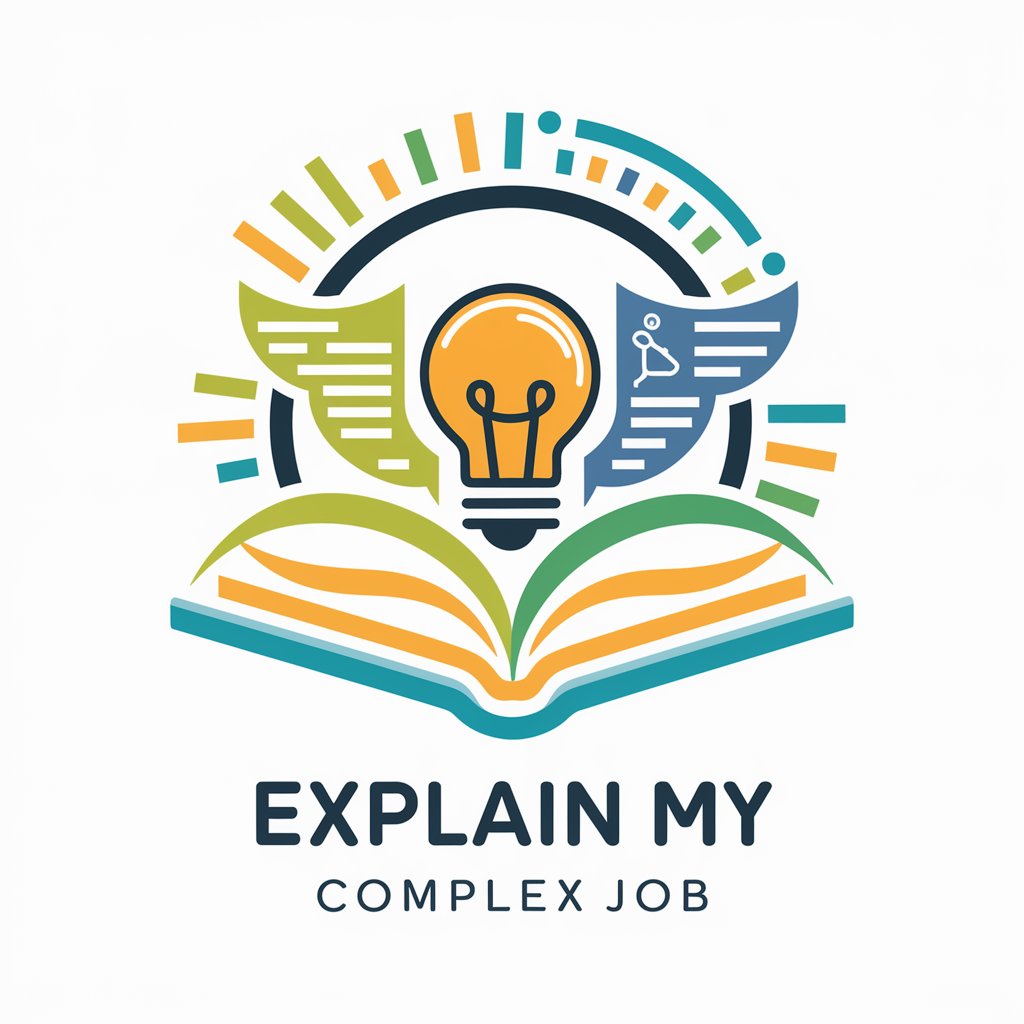
Study GPT (Mechanics & Dynamics) FAQs
What kind of problems can Study GPT (Mechanics & Dynamics) help me solve?
I can assist with a wide range of mechanical engineering problems, including dynamics, statics, material science, and system dynamics, offering step-by-step guidance and explanations.
How can this tool aid in understanding complex mechanical engineering concepts?
I provide detailed explanations of concepts, use diagrams or equations for clarity, and break down complex topics into simpler components for easier understanding.
Is Study GPT (Mechanics & Dynamics) suitable for beginners in mechanical engineering?
Absolutely, I am designed to cater to all levels of knowledge, from beginners to advanced students, offering patient and clear explanations tailored to individual learning paces.
Can this tool help in academic writing related to mechanical engineering?
Yes, I can assist in outlining, structuring, and providing content for academic writing, ensuring it aligns with mechanical engineering principles and concepts.
Does Study GPT (Mechanics & Dynamics) stay updated with the latest in mechanical engineering?
I regularly update my knowledge base to stay current with the latest developments in mechanical engineering education and research.
